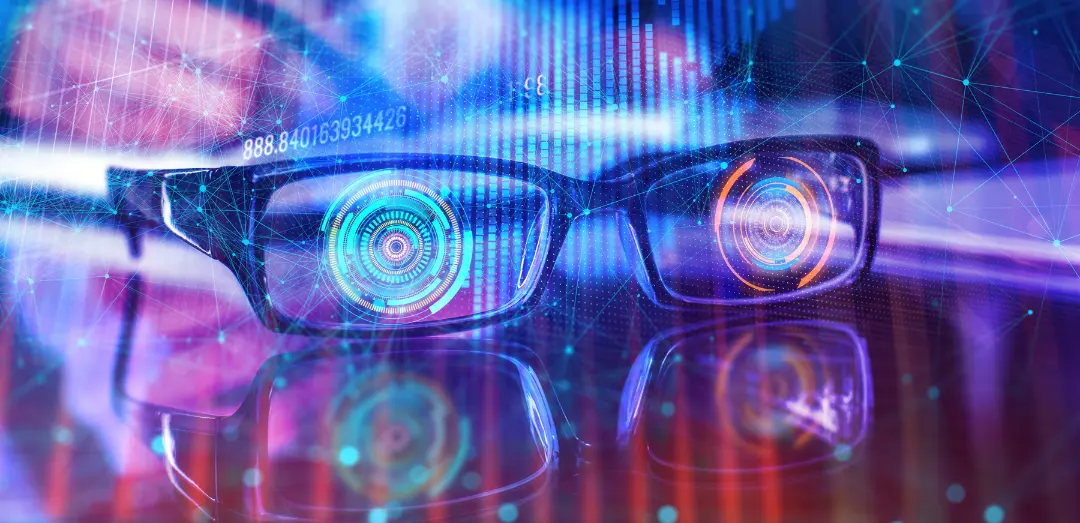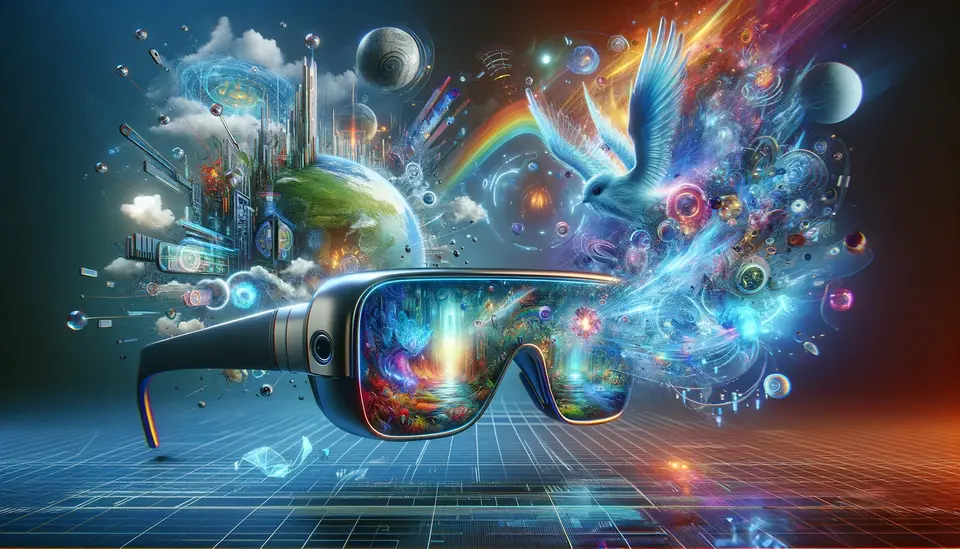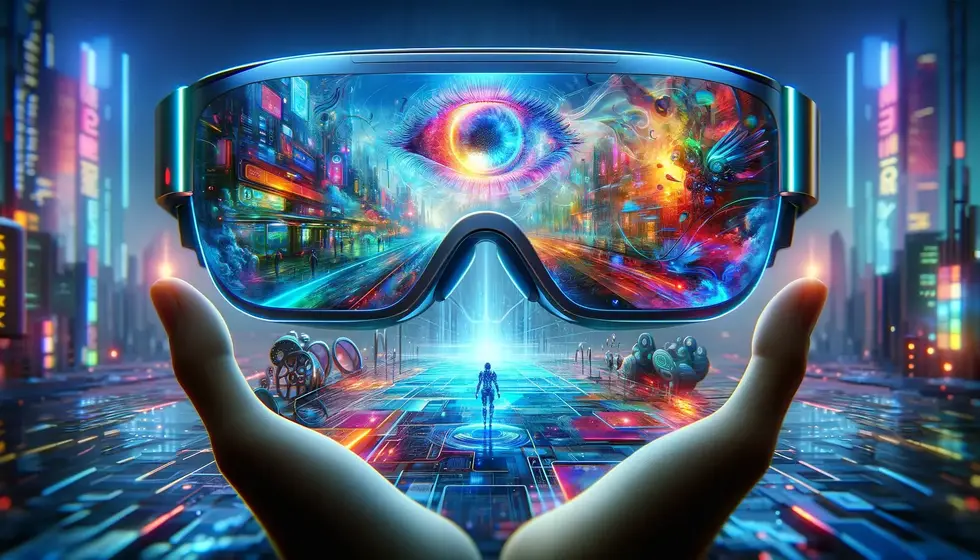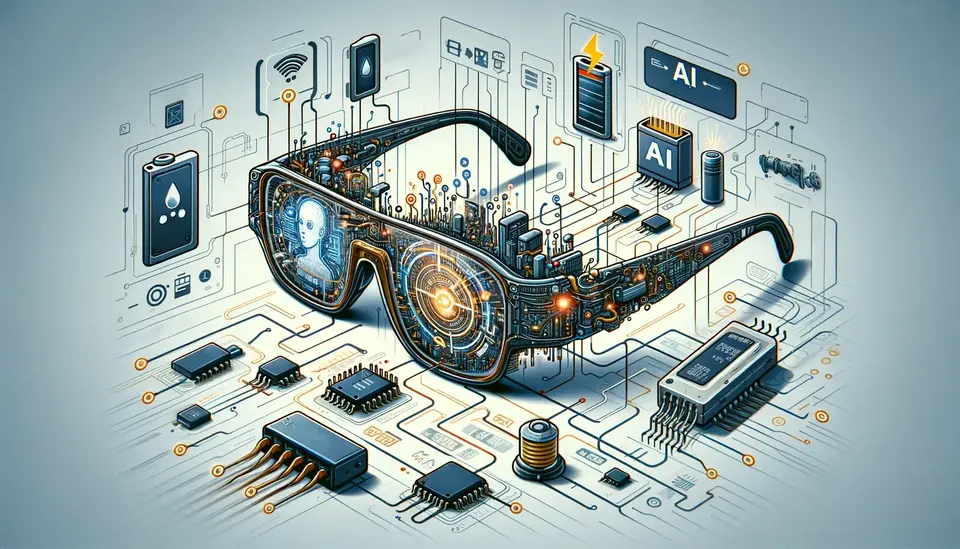The Technical Challenges Involved in Creating Smart Glasses
Posted on March 23, 2023 3 minutes 542 words
Table of contents
Imagine a world where a simple pair of glasses can provide real-time information, directions, or even translate languages right in front of your eyes. Smart glasses have the potential to revolutionize wearable technology and transform various industries, from healthcare and education to entertainment and navigation. However, there are several technical challenges that must be overcome to bring this futuristic vision to life. In this blog post, we will explore the most significant hurdles in developing smart glasses and the innovative approaches being taken to address them.
Design and Ergonomics
One of the primary challenges in creating smart glasses is designing a device that is both aesthetically pleasing and functional. To achieve this, developers must miniaturize components, such as cameras, sensors, and batteries, without sacrificing performance. Additionally, smart glasses must be comfortable and adaptable to different face shapes and sizes while ensuring durability and water resistance for daily use.
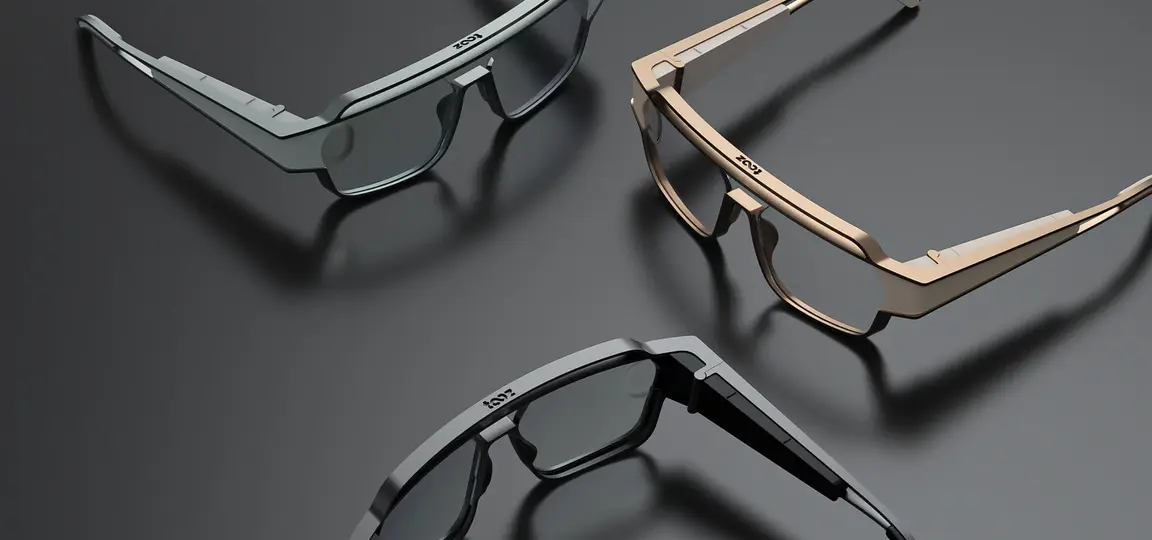
Display Technology
The display is a critical component of smart glasses, responsible for projecting information directly onto the wearer’s field of view. Developers need to choose between projection-based, waveguide, or direct retinal projection displays while ensuring high-quality visuals within the constraints of limited space and power. Furthermore, the display must be unobtrusive, adaptable to varying light conditions, and not cause eye strain or safety concerns.
Battery Life and Power Management
Battery life is a significant concern for wearable devices, and smart glasses are no exception. Efficient power sources and energy management strategies must be explored to balance battery life, device size, and weight. Innovative solutions like wireless charging and energy harvesting technologies may help extend battery life.
User Interface and Interaction
Smart glasses need intuitive and non-intrusive user interfaces to ensure a seamless user experience. Various interaction methods can be explored, such as voice commands, gesture recognition, touch sensors, or eye-tracking. Addressing potential privacy concerns is also crucial, as the technology may inadvertently capture sensitive information.
Audio Capabilities
Integrating high-quality speakers and microphones into smart glasses is necessary for voice command recognition and user communication. Developers need to address noise cancellation and sound localization challenges, ensuring voice command recognition remains reliable even in noisy environments.
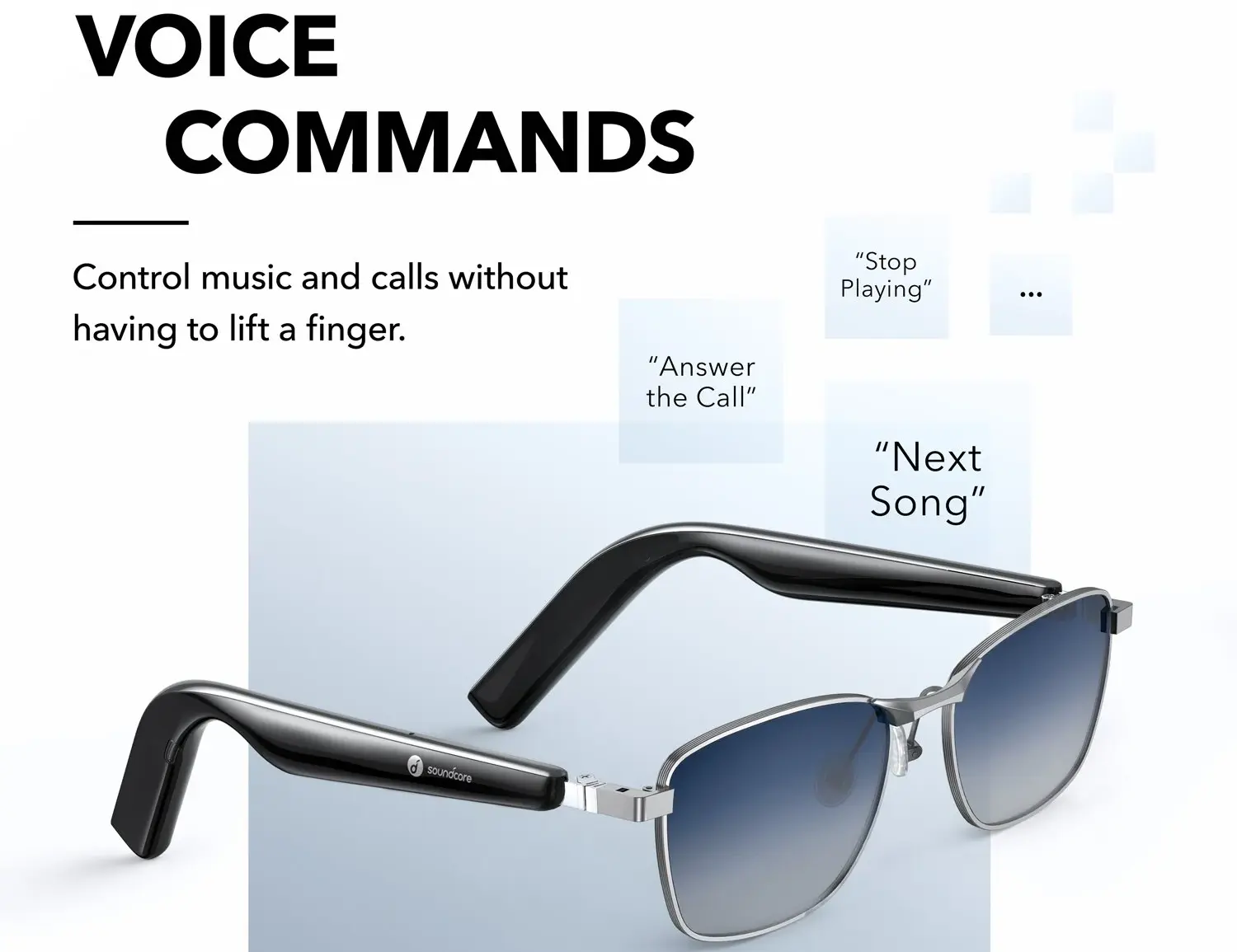
Connectivity and Data Processing
Smart glasses must integrate seamlessly with smartphones and other devices to access data and communicate with external systems. Developers need to manage data transfer and processing efficiently while overcoming latency and bandwidth limitations. Data security and privacy must also be prioritized to protect users’ personal information.
Computer Vision and Augmented Reality
For smart glasses to effectively overlay digital information onto the real world, they must be capable of accurate object recognition and tracking. Real-time 3D mapping and rendering, improved depth perception, and spatial awareness are essential. Addressing processing power and latency challenges is critical to achieving a smooth augmented reality experience.
Conclusion
While the path to creating fully-functional smart glasses is laden with technical challenges, ongoing research and innovations continue to push the boundaries of what is possible. As developers overcome these hurdles, we can expect smart glasses to revolutionize various industries, ultimately changing the way we interact with technology and the world around us. The future of smart glasses and wearable technology is undoubtedly promising and filled with exciting possibilities.

